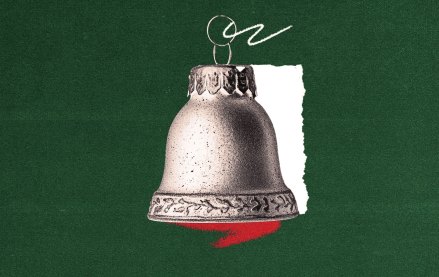Saatva is the bootstrapped mattress company giving Casper a run for its money

Consumers are getting used to the idea of buying mattresses online, thanks to the rise of companies like Casper and Tuft & Needle. Breaking into the market without the benefit of VC funding meant Saatva had to take a different tack, though.
So far, it seems to be working for the 5-year-old online mattress seller. With its product starting at $899, Saatva is on track to bring in $120 million in revenue in 2015, up from $28 million in 2014. And the company has been profitable since its third month. Here are four keys to its success:
Luxury quality
Saatva went for the high end of the market. It offers a double-layered inner-springboard bed that’s luxury quality, made in the U.S., organic and hypoallergenic. Unlike Casper and Tuft & Needle, Saatva’s beds can’t be folded up and stuffed into a box. Instead, they’re delivered to consumers’ doors anywhere in the U.S. through the company’s concierge service, coming from 31 distribution centers, which also sets up the bed with the proper foundation and remove the old mattress.
Careful spending
Casper has raised $70 million to date. But without VC funding, Saatva has to be obsessed with data and especially careful with how it spends its money.
“We have to be profitable in order to scale the company,” said CMO and co-founder Ricky Joshi. “So, we’ve been very disciplined since day one.”
Saatva can’t spring for the big New York City subway wraps and national TV ads of flush-with-cash startups like Casper and Jet.com. So it runs small advertising tests and then scales up gradually. Joshi said that local ads have performed well for the company; a New York Times Home section print ad resulted in a 2,000 percent spike in referrals from the paper. Saatva has also run print ads in Vogue and cities’ lifestyle magazines aimed at consumers over 35.
Varied product offerings
While others sell memory foam or innerspring mattresses, Saatva claims to be the only online mattress company to sell both. Its memory foam business, titled Loom and Leaf, is projected to bring in $30 million in revenue this year, about double expectations, with a 2 percent return rate.
Consumer reviews
Rave reviews have become a viable source of word-of-mouth marketing for the brand. Everyone who purchases a Saatva mattress is asked by the company to write a review, which helps Saatva reach those in the research process of buying a mattress.
“We might not be in your face, but anyone who does their due diligence before buying a mattress is going to come across what people are saying about us,” Joshi said.
It also helps that the company is loved by mommy and eco-friendly bloggers alike, which helps Saatva reach its target consumers.
“We’re actually the only e-commerce, vertically integrated company not targeting millennials,” Joshi said.
Josh Goldman, a partner at Norwest Venture Partners, said that while there’s no wrong way to start a company, VC funding can fund star hires and build connections for a young company.
“Not to mention, the mattress industry is capital intensive — it takes a lot to design, test and build a bed,” said Goldman. “But, if you can do it without venture capital, it’s not the wrong thing to do. It can show independence.”
More in Marketing

Pandora is betting on AI agents to scale service and emotional selling during the peak holiday season
Pandora is using AI agents to scale customer service and replicate emotional in-store selling online, just as peak season puts pressure on margins and teams.

Rembrand’s CEO wants to grow virtual ad placements in streaming, and he’s looking elsewhere for models
Omar Tawakol wants to improve advertising within the streaming world, and is working with advertisers and publishers to improve that experience.

Marketers are keen to use generative AI in ad campaigns, but hidden costs lurk
Marketers across the industry want to use AI to cut down on time spent in creative production. It’s not so simple in practice.








